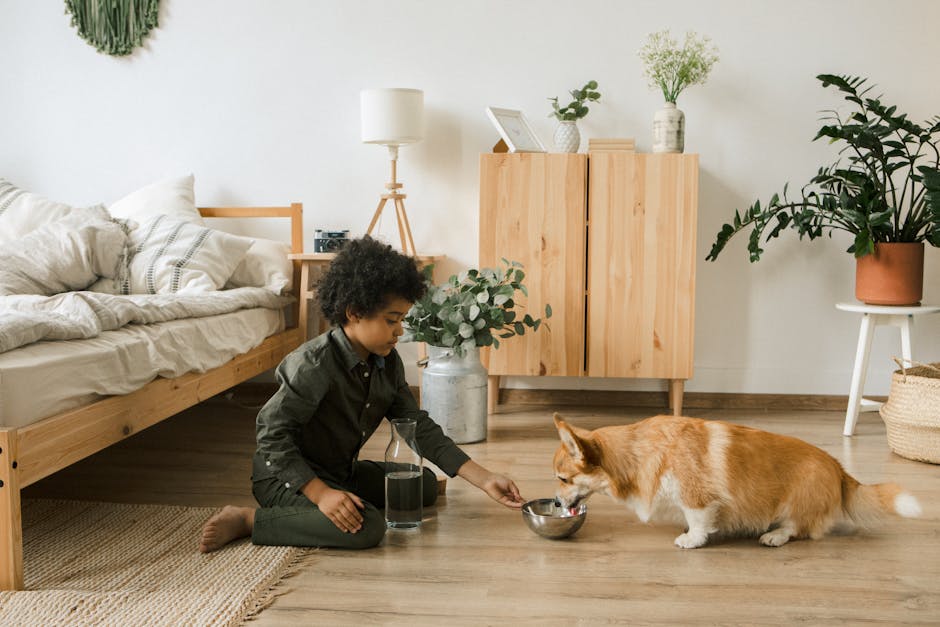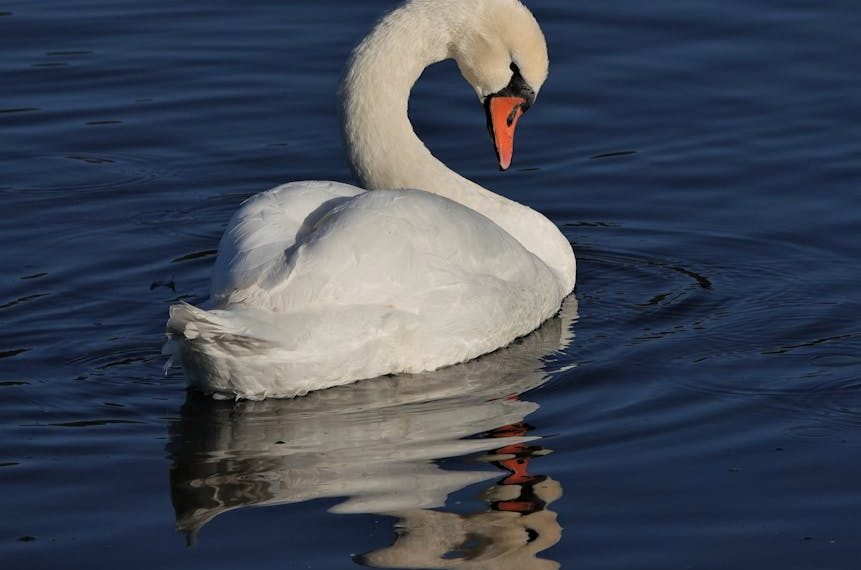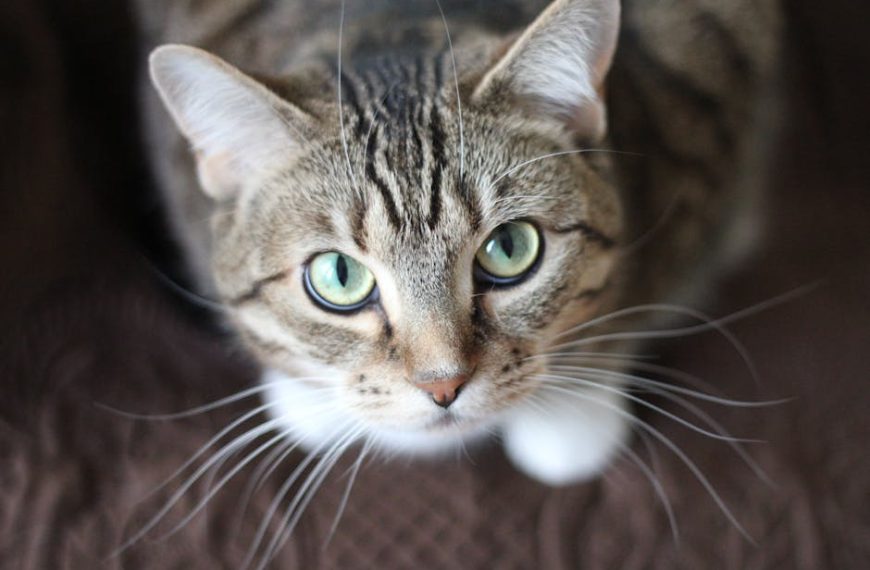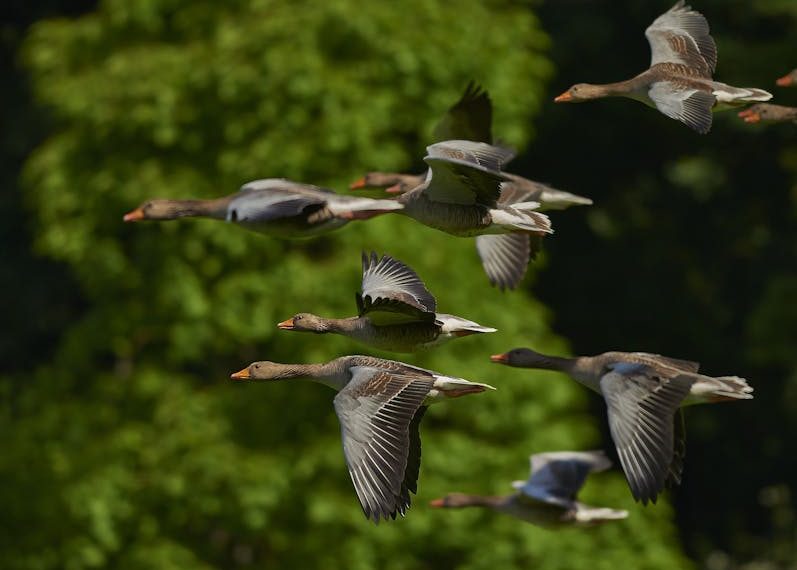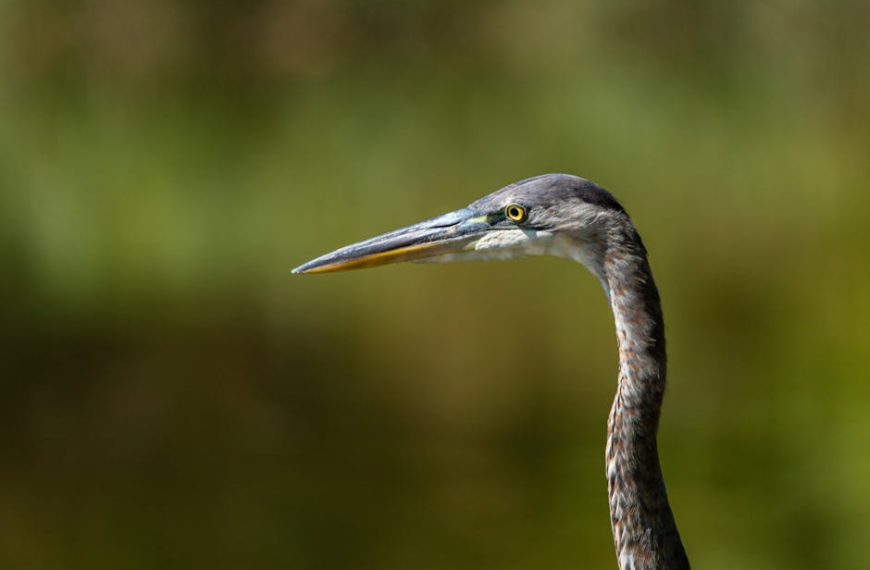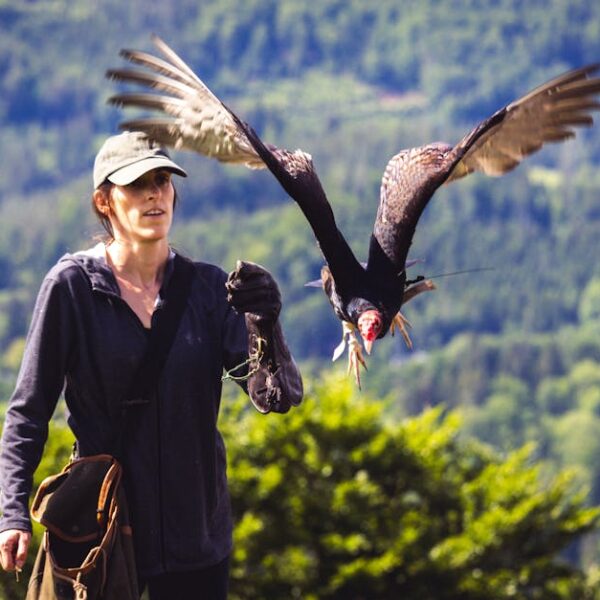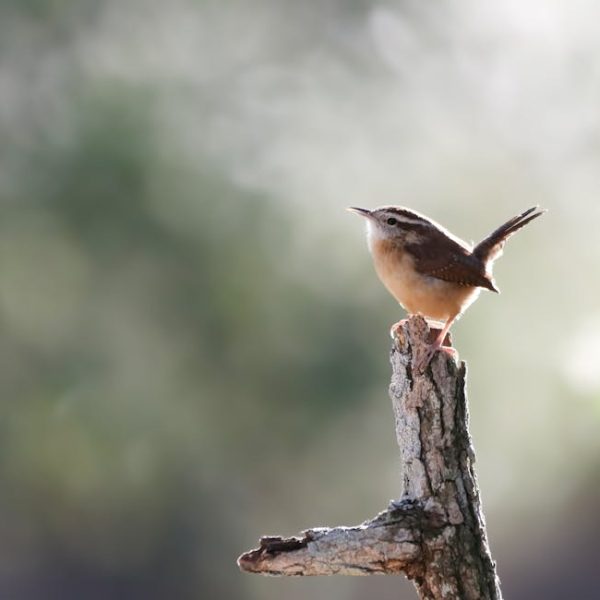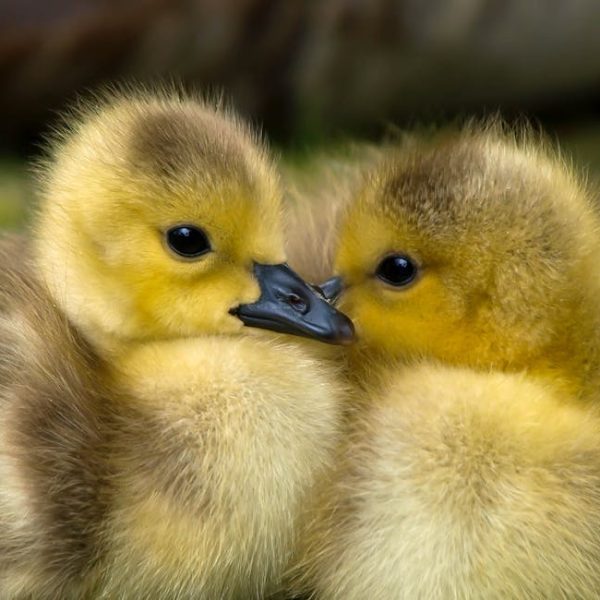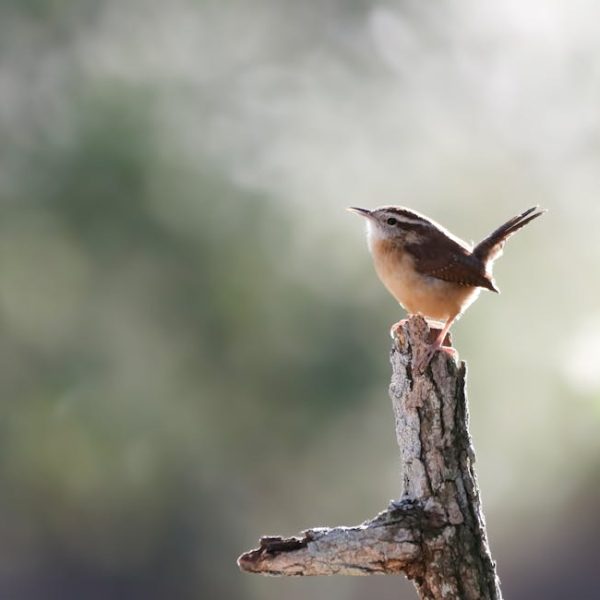The reality is that our canine friends can’t help but be excited by the sights, sounds, and movements that birds offer. This instinctual response is ingrained, but that doesn’t mean it has to be a constant source of anxiety or concern. Just like humans undergo therapeutic strategies to assuage fears or overcome certain behaviors, dogs too can be trained to react differently to stimuli that incite excessive excitement or aggression. Essentially, you can teach your dog to remain calm around birds with a systematic method known as desensitization.
Understanding the Process of Desensitization
The desensitization process forms a fundamental part of dog behavior therapy. At its core, it relies on the gradual exposure model – introducing your pet to birds in small doses, or in low-intensity experiences, and progressively increasing the exposure as your dog shows signs of becoming more accustomed to their presence. The aim is to reduce their response to this particular stimulus and replaced it with tranquility or indifference.
Let’s think of it as you overcoming a fear of public speaking. You steer your way through that fear, not by delivering a speech to a crowd of thousand people suddenly but by starting with small audiences and gradually increasing the crowd size. Similarly, it’s important to start the desensitization process with your furry friend slowly and in a controlled environment.
- Pro Tip: Patience is a virtue when desensitizing your dog to birds. Starting off slowly, and letting your dog take the process at its own pace, reduces the potential for stress and backlash.
Initial Preparations for Desensitization
Before you begin the desensitization process, get your dog checked by a veterinarian to ensure there are no underlying health concerns that would interfere with the process. It’s ideal that your dog is physically fit and mentally ready for this journey. Also, you need to observe your dog’s dietary habits, as a healthy diet results in better receptivity towards behavioral training.
The environment is another significant factor that matters during desensitization sessions. Aim for a calm, comfortable space where your pet can concentrate without distractions.
- Checklist: Here’s what you need to get started: a clean bill of health from your vet; a healthy diet plan in place; a safe, quiet room; and most importantly, an abundant supply of patience and time.
Steps for Desensitizing Your Dog to Birds
Desensitization can be broken down into three stages: the initial phase, the development stage, and the maintenance stage. In the initial phase, expose your dog to birds at a distance or in a controlled environment like your living room where you can control the intensity of exposure.
- Best Practices: Remember to balance exposure with positive reinforcement; reward your dog for calm behavior with small treats, praises, or pats on the back. Keep the training sessions short, enjoyable, and evolutionary to avoid overwhelming your pet. Consistency in practice is key to lasting change.
Monitoring the Progress of Desensitization
As crucial as it is to implement the training, it is equally essential to monitor its effect on your furry friend. The signs of progress may vary from dog to dog, depending on their individual personality, temperament, and training history. In general, though, if your dog shows no agitation or over-excitement when around birds, it’s a step in the right direction.
Mindfully observe your dog’s behavior: is your dog comfortable around birds now? Does it still show any signs of aggression or restlessness? Record these observations to measure progress or identify potential setbacks. Treatment isn’t always linear – there can be times when your dog may revert to its previous behaviors. Stay patient and consistent, considering these setbacks as part of the journey and not failures.
- Pros and Cons: It’s always beneficial to monitor progress attentively. To name a few advantages – it fosters a deeper bond with your pet; it ensures the effectiveness of desensitization; and it results in a more relaxed, bird-friendly dog. However, it does require a consistent effort, patience, and understanding on your part.
Have a look at the comparison below to understand the difference between attentive monitoring and neglect:
| Attentive Monitoring | Neglect |
|---|---|
| Helps catch signs of stress early | Missing signs of stress can lead to adverse outcomes |
| Fosters better relationship with pet | Can make your pet feel neglected and anxious |
| Results in effective and efficient desensitization | Prolongs and inhibits the desensitization process |
Maintaining the Achieved Desensitization
Whatever success you achieve during the desensitization process will go in vain if you fail to maintain the routine after your dog has started showing signs of being comfortable around birds. The end of the formal training doesn’t mean the end of the desensitization routine. It marks the beginning of a more relaxed phase – the maintenance stage.
Maintaining the achieved desensitization means implementing periodic checks and retraining sessions if necessary. Continuous monitoring and reinforcement help sustain the altered behavior, ensuring that your dog doesn’t revert to its original reaction around birds.
- Pro Tip: Keep a log to jot down your dog’s behavior towards birds daily. This practice aids in crosschecking any changes and planning timely reinforcement training sessions.
Have a look at the table below to understand how the maintenance stage differs from the initial desensitization steps:
| Initial Desensitization Steps | Maintenance Stage |
|---|---|
| Focused on changing behavior | Focused on maintaining changed behavior |
| Requires daily sessions | Does not require daily sessions but regular checks |
| Intensive and rigorous | Relaxed and less rigorous |
Remember, desensitizing your dog to birds is a journey that requires time, patience, and consistent effort. You’re helping your dog change a fundamental response, and that’s no easy task. But by understanding the process, making the necessary preparations, taking the process step by step, monitoring progress, and then maintaining the results, you’ll have set your furry pal on a happier, calmer path. Here’s to peaceful walks in the park – for you, your dog, and those chirpy birds!
Key Takeaway:
- Desensitizing your dog to birds involves a systematic process that reduces the dog’s response to the stimulus — the birds. The process is gradual, beginning with low-intensity experiences and progressively increasing exposure as the dog gets accustomed to the presence of birds.
- Before starting, it is vital to ensure the dog is physically fit and mentally prepared for the process, and that it takes place in a calm, distraction-free environment.
- The process involves three stages: the initial phase, the development stage, and the maintenance stage. These steps need continuous positive reinforcement, keeping the training sessions enjoyable and evolutionary.
- Actively monitoring the progress of desensitization is as crucial as implementing the training. Understanding potential setbacks and ensuring consistency helps achieve the goal.
- The achieved desensitization must be maintained to ensure long-term success. This involves periodic checks and potential retraining sessions.
Don’t worry if the process seems challenging at the start. Remember, patience and consistency are key. You are assisting your dog in changing a fundamental response — a mission that requires time and perseverance. Follow these steps, and you will likely see a change in your dog’s behavior, providing peace for you, your dog, and the chirpy birds in the park.
FAQs
Q: How long on average does the desensitization process take?
A: The time required varies from dog to dog, depending on factors like their age, temperament, and the intensity of their initial response to birds. Patience and consistency are crucial for successful desensitization.
Q: What can I do if my dog seems to not be responding to desensitization?
A: If your dog is not responding, do not despair. Try to adjust the intensity or frequency of exposure and incorporate more positive reinforcement. If problems persist, consider seeking help from a professional dog trainer.
Q: Can I use this process to desensitize my dog to other animals or stimulants?
A: Yes, the same desensitization process can be used to help your dog remain calm around other animals or stimuli. The key is gradual, controlled exposure and positive reinforcement.
Q: Can this process help aggressive dogs?
A: Yes, desensitization can help manage aggressive behavior in dogs. If aggression is severe, it is recommended to consult a professional dog trainer or behaviorist.
Q: If my dog reverts to its initial response after desensitization, what should I do?
A: If you observe your dog reverting, it may be beneficial to repeat some of the steps in the desensitization process. Continued reinforcement and patience are key to maintaining progress.
Share this article with other dog owners who might find it helpful and explore more posts on our website. Happy training!
